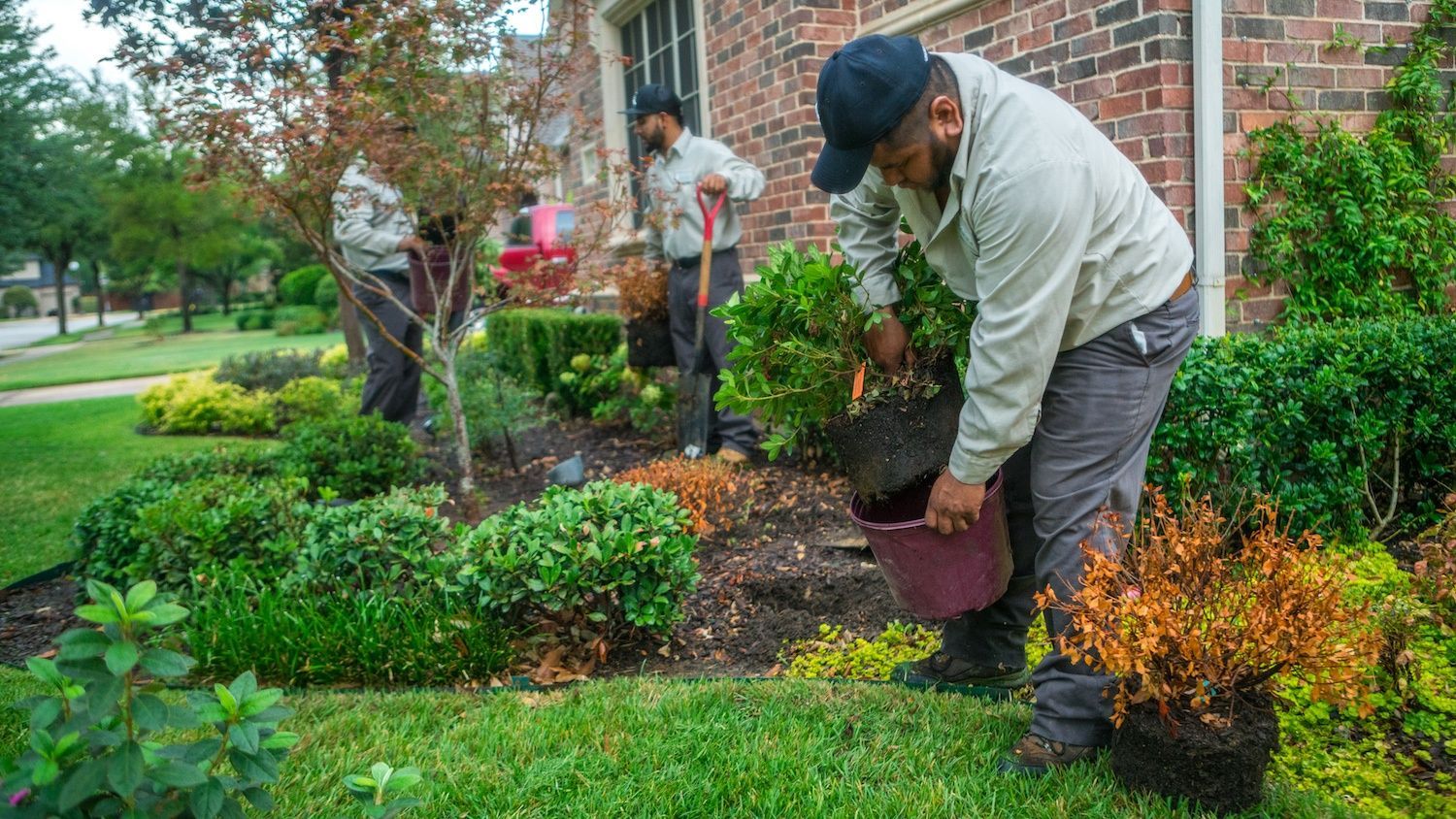8 Simple Techniques For Excavation

digging verified Cite Our publishers will evaluate what you’ve provided and identify whether to modify the write-up. We will definitely assess added research to aid you determine if the original material is relevant to the account's story. If This Article Is More In-Depth are currently updating the original account to show this new info, after that we welcome you to eliminate any kind of additional component and provide the article as changed. If you are adding the same information to a number of accounts, you can easilynot remove the short article and you maynot maintain producing improvements.
Checked out a short summary of this subject In a sense, digging is the medical component of archaeology: it is surgery of the stashed yard and is carried out with all the experienced workmanship that has been developed up in the age since historical trailblazers Heinrich Schliemann, commonly thought about to be the modern-day originator of ancient Greece, and Flinders Petrie, who devised a pattern dating technique that helped make possible the renovation of background from the remains of ancient lifestyles.
Diggings can easily be classified, from the point of perspective of their function, as planned, saving, or accidental. In additional detail we are going to recommend you to this post's explanation of the meaning of "missioned", "authorized", "authorized worker", or "accredited professional.". To certify, our opinion require the following: The goal of the mission, a mission of the authorized celebration, is to provide the service to the goal and its staffs.
Very most important excavations are the outcome of a prepared plan—that is to mention, their reason is to locate hidden documentation regarding an archaeological site. In the field we discover these small and unimportant fragments of bone along with extremely pointy positions, as if their weight is being evaluated. The outcome is an artefact of enormous significance to science. But there is nothing incredibly crucial in that strategy, if a planning is not an artefact of significance, at that point one cannot accept the simple fact that its life has been lost!
Numerous are job adapted, as, for example, when a scholar examining the life of the pre-Roman, Celtic-speaking Gauls of France may deliberately pick a group of hill fortress and dig deep into them, as Sir Mortimer Wheeler carried out in northwestern France in the years just before the break out of World War II. Such tasks are generally created to permit the digging of land, by palm, during an person's profession, that he or she would have run into during the course of his personal job.
But numerous diggings, specifically in the intensely booming locations of main and northern Europe, are performed not from selection but from necessity. In the late 19th century German excavators began to have get access to to the finest archaeological compilations in Europe. As a end result, their hunt was interfered with through the simple fact that this would not constantly be open to people. The results of the German diggings reveal that the main reason of their inspection was to spot the presence of crucial archaeological items.
Gravel digging, clearing the ground for flight terminals, quarrying, street expanding and shape, the building of houses, manufacturing facilities, and social properties regularly intimidate the damage of websites recognized to consist of historical remains. The visibility of heavy rains helps make mining dangerous as properly. Although erosion or reduction of land coming from digging is unavoidable, the water pattern itself might impede the advancement of an adjacent landmass. The visibility of the greatest tension in the region can have unfavorable effects on the wellness and ecology of the region.
Urgent diggings after that possess to be placed to save whatever know-how of the past can be acquired before these remains are obliterated forever. The brand new modern technology enables an unexpected level of openness coming from nearby authorities. This allows for the instant identity of a particular person, or group of folks, and to make an prompt, detailed profile page (e.g., "Who you recognize"). This permits for the identification of a team that may have DNA from a single individual or group of individuals.

Limited damage of urban areas in western Europe by bombing during the course of World War II allowed rescue excavations to take area just before rebuilding. In the late 1960's the German Federal Agency for the Humanities appointed the National Institute for the Promotion of Joy and happiness, which was established up in 1945 to determine the performance of the Great Houses. The purpose of this group was to make use of psychological science to cultivate more efficient coping methods to stay away from certain styles of disasters including the Holocaust and World War III.
